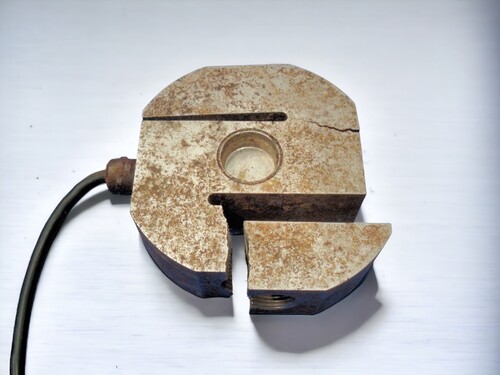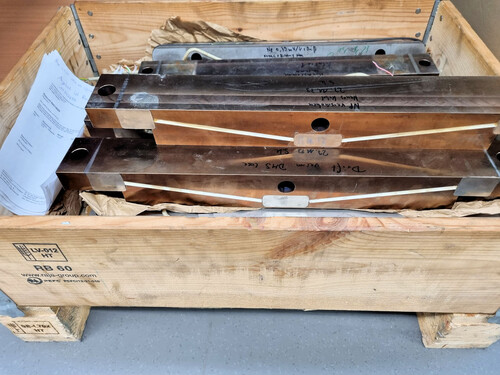Repair or throw away?
Repairing instead of throwing away is worth it for the environment. Force sensors and torque sensors in particular are made of high-quality, high-strength steels or aluminum alloys.
The weak points of sensors are usually the connection cables or the strain gauge when it is exposed to moisture or water. During a repair, we remove casting compound and we analyze the structure of the sensor: the number and arrangement of strain gauges, connection resistance, series or parallel connection of strain gauges provide information about how the sensor once worked.
It is not uncommon for error analysis to provide information about structural weak points, possible errors in processing or possible qualitative defects in the materials used.
A repaired sensor gets a second life at ME-Meßsysteme and is often of better quality than it was originally. Because by using high-quality materials, such as connecting cables with PUR sheaths, often suitable for drag chains, by using the best materials for the cover, and by craftsmanship, and last but not least by taking into account previous experiences with the defective sensor, we create added value, while conserving resources.
Sustainability is part of the program at ME-Meßsysteme.



